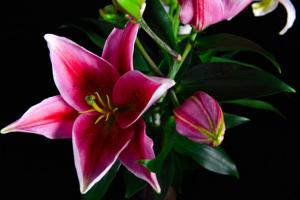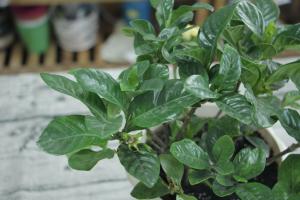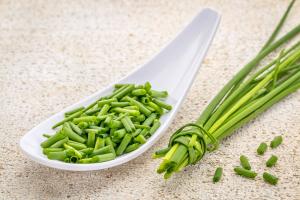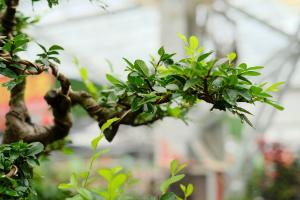Do Lavender Plants Do Well in Pots?
Lavender is a beloved herb with various aromatic, medicinal, and culinary uses. It is also a popular ornamental plant for its delicate flowers, green foliage, and soothing scent. Whether you have limited outdoor space, poor soil quality, or shifting weather patterns, growing lavender in pots can be an excellent solution. However, before you start potting your lavender, you may wonder if they do well in pots. In this article, we will explore the answer in depth.
The Benefits of Growing Lavender in Pots
There are several reasons why growing lavender in pots can be advantageous, not only for beginners but also for experienced gardeners:
1. Portability
If you live in an urban area or move frequently, growing lavender in pots allows you to take your plants with you wherever you go. You can place them on your balcony, terrace, or windowsill, or even move them indoors during winter. Potted lavender also makes an attractive gift for your friends and family.
2. Better Control
When you grow lavender in pots, you have more control over the growing conditions, such as the soil mix, watering frequency, sunlight exposure, and temperature. You can customize each pot according to the specific needs of your lavender variety, which can contribute to better growth, health, and yield. For example, you can choose a well-draining potting mix with a pH level of 6.5 to 7.5, water your lavender only when the top inch of the soil is dry, place your pots in a sunny spot with at least six hours of direct sun per day, and protect your plants from frost or heat stress.
3. Pest and Disease Prevention
Growing lavender in pots may reduce the risks of pest infestations and diseases, as compared to growing them directly in the ground. Potted lavender is less accessible to ground-dwelling pests and soil-borne pathogens, such as root rot, nematodes, or fungal infections. You can also inspect your plants more easily and treat them promptly if you notice any symptoms of damage or distress.
The Requirements for Growing Lavender in Pots
Before you plant lavender in pots, you need to ensure that you have the necessary equipment, knowledge, and skills to provide an optimal growing environment:
1. The Right Pot Size
Choosing the right pot size is crucial for lavender, as it has relatively deep roots and dislikes being overcrowded. A pot with a diameter of at least 10 inches (25 cm) and a depth of 12 inches (30 cm) is recommended for mature lavender plants. However, if you grow lavender from seeds or cuttings, you can start with smaller pots and transplant them gradually to larger ones.
2. The Right Soil Mix
Lavender prefers well-draining soil with low to moderate fertility and slightly alkaline pH. You can make your own soil mix by combining equal parts of sandy loam, perlite, and peat moss, or use commercial potting soil specifically designed for lavender or other herbs. Avoid using heavy, compacted, or clayey soil, as they can retain too much water and suffocate the roots.
3. The Right Watering Schedule
Watering is one of the most critical aspects of growing lavender in pots, as it can determine the plant's health, growth rate, and flavor potency. Lavender needs moist soil but dislikes standing water or soggy conditions, which can lead to root rot or fungal diseases. You should water your lavender deeply but infrequently, allowing the soil to dry out between watering sessions. Depending on the weather, your pot size, and your potting mix, you may need to water your lavender every two to three days or once a week. However, avoid overwatering or underwatering, as both can harm your plants.
4. The Right Sunlight Exposure
Lavender is a sun-loving plant that needs at least six hours of direct sunlight per day to thrive. When you grow lavender in pots, you should place your pots in a south-facing or west-facing location that receives full or partial sun, depending on your climate and season. If you grow lavender indoors, you can place your pots near a sunny window or under a grow light. However, avoid exposing your plants to intense or prolonged heat, as they can wilt or scorch.
The Final Verdict
In conclusion, the answer to whether lavender plants do well in pots is a resounding yes. Lavender can grow healthily and productively in pots, provided that you follow the guidelines for pot size, soil mix, watering schedule, and sunlight exposure. Growing lavender in pots can also offer additional benefits, such as portability, better control, and pest and disease prevention. As long as you give your lavender the care and attention it deserves, it can reward you with exquisite fragrance, flavor, and beauty for years to come.

 how many times do yo...
how many times do yo... how many planted tre...
how many planted tre... how many pine trees ...
how many pine trees ... how many pecan trees...
how many pecan trees... how many plants comp...
how many plants comp... how many plants can ...
how many plants can ... how many plants and ...
how many plants and ... how many pepper plan...
how many pepper plan...































